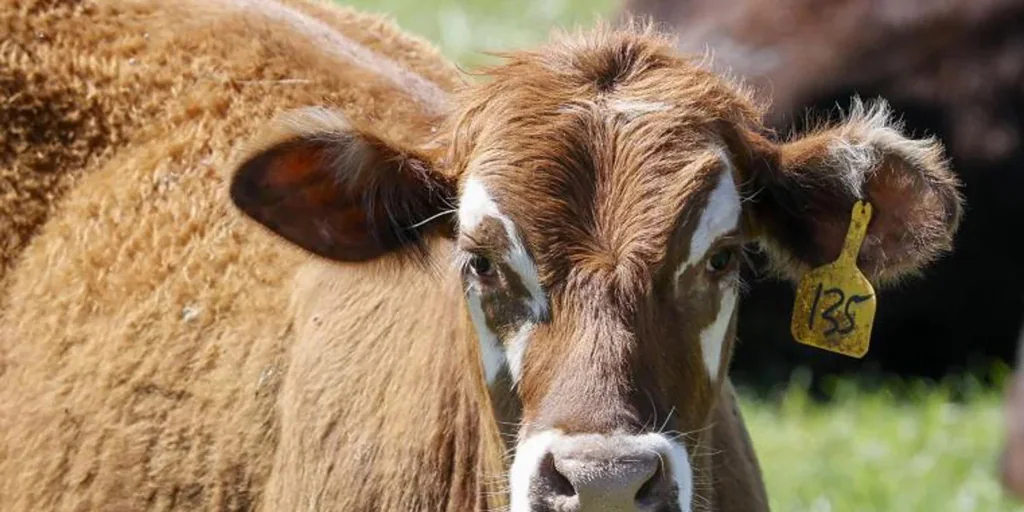Closer to a universal flu vaccine

A universal vaccine For influenza, not having to be modified each year is a long-sought goal that scientists have been pursuing for years. Seasonal flu vaccines protect against serious infections, but they vary in effectiveness and can be incompatible with the most virulent seasonal strains. The reality of a universal flu vaccine that would protect people against all strains, ideally for more than one season, remains elusive.
The findings, published this week in the Journal of Virology, suggest that science is getting closer.
A research team from the Lerner Research Institute at the Cleveland Clinic in the US reported that their universal flu vaccine candidate, tested in animal models, elicited a strong immune response and provided protection against severe infection after exposure to the virus. The new work is based on previous preclinical studiess, just as promising, in mice from the same group, led by Ted M. Ross, director of global vaccine development at the Cleveland Clinic.
The researchers hope to begin human clinical trials within one to three years, says virologist Naoko Uno, who led the new study. “We want to make sure that our vaccine can last for multiple seasons, not just one, and protect against all strains that infect people,” he says.
Scientists have identified four types of influenza viruses, but two of them (influenza A and influenza B) pose the greatest risk to humans. Seasonal flu vaccines include proteins from three or four circulating subtypes of these viruses, including H1N1, H3N2 and IBV. But because the virus mutates so quickly, predicting which strains will pose the greatest risk, and therefore choosing which ingredients to include, is a guessing game.
The researchers developed their new vaccine candidate using a methodology called COBRA (Computationally optimized broadly reactive antigens).
Four types of influenza viruses have been identified, but two of them (A and B) pose the greatest danger to humans.
They started by downloading thousands of genetic sequences of pathogenic flu strains spanning multiple seasons from an online database. They then digitally analyzed these sequences to determine which amino acids (the building blocks of proteins) were conserved across viruses and seasons.
In this way, they identified groups of proteins for different subtypes. To develop a vaccine with broader effects, Uno explains, the team identified eight proteins from previous studies that were associated with a robust immune response. “We were able to narrow this down and say that these are the best because they span multiple seasons and elicit a broad reactive antibody response. It’s like creating a greatest hits album. “We want to include only the best ones in the vaccine again.”
Among the most successful results, Uno says, were proteins from influenza viruses of the H1 and H3 types, as well as proteins from viruses of the H2, H5 and H7 types, which are strains that most people do not have antibodies against. Some of these have pandemic potential, Uno explains.
Previous outbreaks of bird flu, or H5N1, have caused high rates of human mortality, and in March 2024, the virus was detected in cattle in Texas. Since then, four people who work with livestock have been diagnosed with the virus. It has also spread to dozens of herds in several states and to other species, including sea lions, birds, cats and alpacas.
In the new study, the vaccine candidate was administered through intranasalBlood tests showed that after 4 weeks, the animals had developed antibodies against the virus, and when the animals were exposed to the pathogen, they were protected from developing the infection.
One adds that COBRA’s methodology is not limited to finding and assembling recombinant proteins to treat influenza. It could be used to analyze mRNA or other biomolecules, or explored to develop vaccines against viral diseases such as dengue fever. “It could be used against many viruses.”
